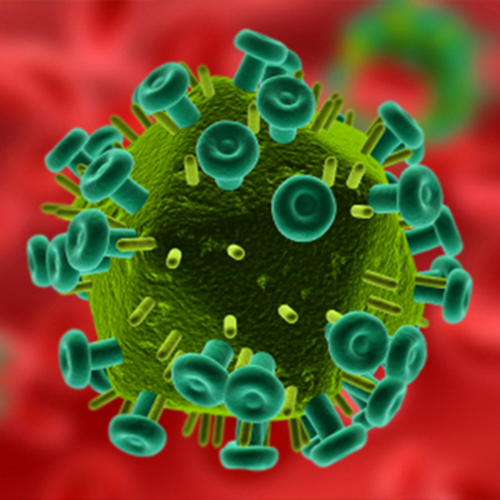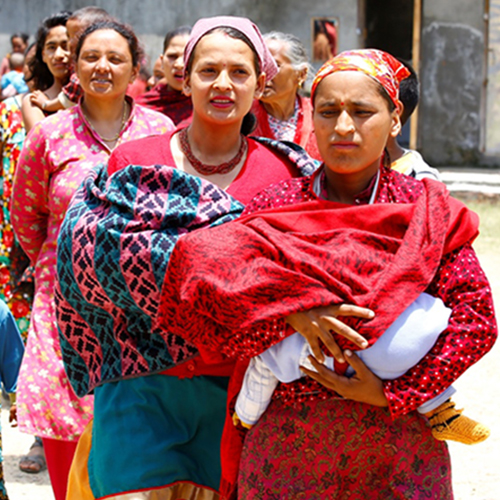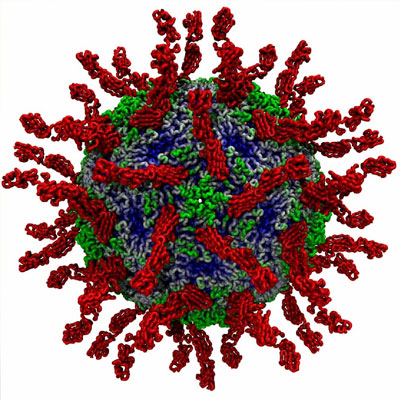Public Health Research:
CMDN and INPL have been involved in conducting various biomedical research on prevalent diseases of Nepal since our inception. INPL was the first private entity to introduce HIV viral load in Nepal, providing one of the major disease progression monitoring services in the country. Hepatitis, leprosy, tuberculosis and malaria have been some of the other diseases that we have, or continue to carry out, research on. CMDN assisted Nepal Health Research Council (MoHP/GoN) carried out the landmark Human Papilloma Virus (HPV), in cervical carcinoma cases in Nepal.

Implementing Measures for the Prevention...
The emergence of ‘superbugs’ or AMR bacteria is becoming a major concern in Nepal. Understanding AMR through rigorous surveys and analyses has become very important, as the threat to animals and h...
Read More
Highly Efficacious Treatment for Hepatit...
A more thorough understanding of HCV has led to the development of treatment like Direct Acting Antiviral (DAA), which targets specific non-structural proteins in the virus and disrupts its replicatin...
Read More
Developing Highly Effective and Thermo-t...
Polio is believed to be eradicated in Nepal. However, biomedical waste arising from the polio vaccines used to prevent the disease need to be properly disposed of if we are to prevent this disease fro...
Read More
Viral Disease Detection to Aid in Vaccin...
Porcine Reproductive and Respiratory Syndrome Virus (PRRSV) cause fatal diseases in pigs, resulting in major economic loss for the industry. Two different types of PRRSV are currently known. Intrepid ...
Read More
Cancer tele-diagnosis capacity building
Anecdotal evidence suggests that there is growingcancer incidence in Nepal. Nepal ranks 9th and 10thon oral and ovarian cancer respectively (World LifeExpectancy, 2012). Certainly the burden of cancer...
Read More
HIV-1 Circulating Recombinant Form in Ne...
Presence of HIV-1 subtype C in Nepal was reported in 2000 (Oelrichsetal). No sub-typing data have been reported since then. There is a possibility that new viral strains may have been introduced into ...
Read More
Source and Transmission of Vibiro choler...
Cholera, an acute diarrheal disease caused by toxigenic strains of Vibrio cholerae, remains major killer disease world-wide. Though being absolutely preventive and curable disease, significant...
Read More
Prevalent Human Papilloma Virus (HPV) su...
CMDN/INPL in collaboration with Nepal Health Research Council carried out prospective longitudinal study in 2010/2011 among histological confirmed invasive cervical cancer cases. Genotypes of HPV were...
Read More
PCR based molecular detection of M. tube...
A pilot study carried out in 2009 with suspected TB patients from the National Tuberculosis Center Nepal, showed that molecular method of TB detection is much more sensetive (about 7% more) than the t...
Read More
Prevalence Study of Reproductive Health ...
Through the support of the Family Health Division (FHD) and technical and financial support from UNFPA, camp based prevalence of reproductive health morbidities among women was carried out by CMDN. In...
Read More
Improving maternal and newborn care
Our study examines effectiveness of mentors in capacity development for maternal and newborn care (MNC) in Nepal. Evidence from Africa indicates that clinical mentors are effective in improving the qu...
Read More
Poliovirus vaccine inactivation effectiv...
Poliomyelitis is an acute paralytic disease caused by the poliovirus- a Human Enterovirus C (HEV) of the Picornaviridae family, which is classified into three distinct and stable serotypes: Sabin 1, 2...
Read More
Validation of Interferon and Ribavirin b...
Hepatitis C virus (HCV) is a global health concerns with approximately 185 million chronic infections and estimated 350,000 annual mortalities. It is estimated that over 100,000...
Read More
Study of HPV genotypic status in reprodu...
Cervical cancer is the second most common cancer and a leading cause of cancer mortality among women worldwide. According to World Health Organization (WHO), the incidence of cervical cancer in Nepal ...
Read More
Research Utilization in Policy-making
Utilization of scientific research evidence has shown to enhance formulation and implementation of effective health policies. The Nepal Health Sector Strategy (NHSS) 2015-2020 recognizes the need to s...
Read More